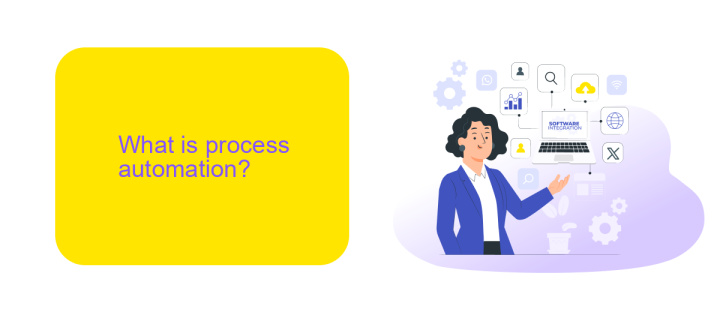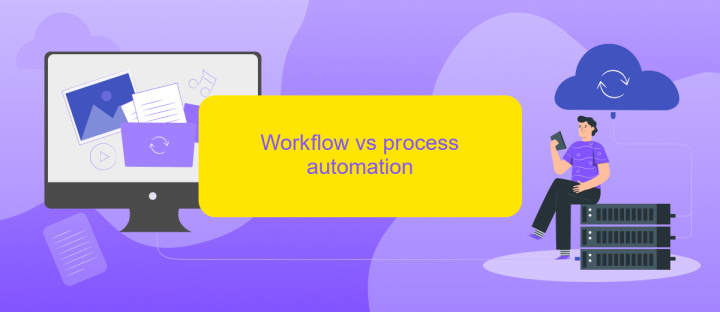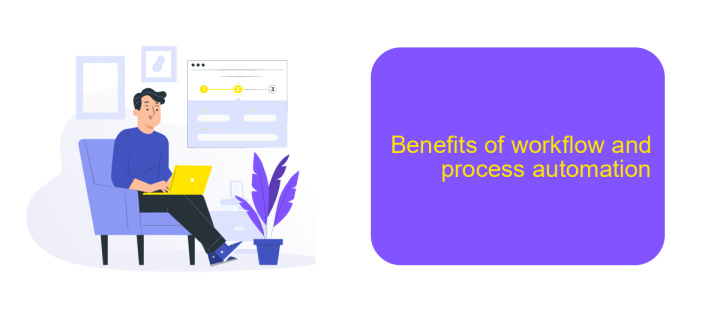What is Workflow vs Process Automation?
Understanding the distinction between workflow and process automation is crucial for optimizing business operations. While both concepts aim to enhance efficiency and productivity, they serve different purposes and are implemented in unique ways. This article delves into the definitions, key differences, and practical applications of workflow and process automation, providing insights to help you streamline your organizational tasks effectively.
What is a workflow?
A workflow is a sequence of tasks that processes a set of data. Designed to achieve a specific outcome, workflows ensure that tasks are completed in a specific order, often involving multiple steps and participants. They are essential for streamlining operations, improving efficiency, and maintaining consistency in business processes.
- Task sequencing: Defines the order in which tasks are performed.
- Role assignment: Assigns specific tasks to individuals or teams.
- Automation: Uses tools to automate repetitive tasks.
- Monitoring: Tracks progress and identifies bottlenecks.
- Integration: Connects various systems and tools for seamless operation.
Effective workflows are crucial for optimizing business processes. Tools like ApiX-Drive can help integrate various services, enabling automated data transfer between different platforms. This reduces manual effort and minimizes errors, ensuring that workflows run smoothly and efficiently. By leveraging such tools, businesses can focus on higher-value tasks, driving productivity and growth.
What is process automation?

Process automation refers to the use of technology to execute recurring tasks or processes in a business where manual effort can be replaced. It aims to streamline workflows, reduce human error, and improve overall efficiency by automating repetitive tasks. By implementing process automation, organizations can free up valuable human resources to focus on more strategic, high-value activities, thus enhancing productivity and operational efficiency.
One of the key aspects of process automation is the integration of various systems and applications to work seamlessly together. Tools like ApiX-Drive facilitate this by enabling businesses to set up integrations without requiring extensive coding knowledge. ApiX-Drive allows users to connect different software applications, automate data transfers, and synchronize information across platforms effortlessly. This not only saves time but also ensures data accuracy and consistency, further enhancing the benefits of process automation.
Workflow vs process automation

Workflow and process automation are often used interchangeably, but they serve different purposes in business operations. Workflow automation involves the sequence of tasks that need to be completed to achieve a specific goal. It focuses on the flow of tasks and the people involved in completing them. On the other hand, process automation aims to automate repetitive tasks within a workflow, often using software tools.
- Workflow Automation: Manages the sequence and flow of tasks.
- Process Automation: Automates repetitive tasks within the workflow.
Understanding the difference between workflow and process automation is crucial for optimizing business operations. Workflow automation ensures that tasks are completed in the right order and by the right people, while process automation focuses on efficiency by reducing manual intervention. Tools like ApiX-Drive can help businesses integrate various applications and automate processes, ensuring a seamless flow of information and tasks across different platforms.
Benefits of workflow and process automation

Workflow and process automation significantly enhance operational efficiency by streamlining repetitive tasks and reducing manual intervention. This leads to faster completion times and minimizes the risk of human error, ensuring a more reliable and consistent output.
By automating workflows, organizations can allocate resources more effectively, allowing employees to focus on higher-value tasks that require critical thinking and creativity. This not only improves productivity but also boosts employee morale and job satisfaction.
- Increased efficiency and speed
- Reduced human error
- Better resource allocation
- Enhanced employee satisfaction
- Cost savings
Moreover, integrating automation tools like ApiX-Drive can simplify the process of connecting various software applications, ensuring seamless data transfer and communication between systems. This further optimizes workflows and enhances overall business performance. By leveraging such tools, businesses can stay competitive in a rapidly evolving digital landscape.
Conclusion
In conclusion, understanding the distinction between workflow and process automation is crucial for optimizing business operations. Workflow automation focuses on streamlining specific tasks and ensuring they follow a defined sequence, thereby enhancing efficiency and reducing manual errors. On the other hand, process automation encompasses a broader scope, targeting entire business processes to achieve end-to-end automation, which can significantly improve overall productivity and consistency.
By leveraging tools like ApiX-Drive, businesses can seamlessly integrate various applications and services, further enhancing their automation capabilities. ApiX-Drive simplifies the integration process, allowing for smooth data flow and communication between different systems. This not only saves time but also ensures that all automated processes work harmoniously, providing a robust foundation for both workflow and process automation. Ultimately, adopting these automation strategies can lead to substantial improvements in operational efficiency and business growth.
FAQ
What is the difference between workflow automation and process automation?
Can workflow automation and process automation be used together?
What are the benefits of workflow automation?
How can I implement process automation in my business?
Is it necessary to have technical expertise to use automation tools?
Time is the most valuable resource in today's business realities. By eliminating the routine from work processes, you will get more opportunities to implement the most daring plans and ideas. Choose – you can continue to waste time, money and nerves on inefficient solutions, or you can use ApiX-Drive, automating work processes and achieving results with minimal investment of money, effort and human resources.

